Your skin tells a story—one of laughter, lessons, and living life to its fullest. With every year comes new experiences and new ways of caring for yourself. It’s the very definition of well-aging: embracing the best parts of getting a little bit older (and a lot wiser).
In this skin aging guide, we’ll explore what to expect through the decades, what drives these shifts, and, along with real advice from our colleagues and industry experts, how to build a personalized skincare routine by age.
Questions are bound to pop up as the years go by, but one thing rings true: your skin will change as much as you do, and evolving with it is key. Let’s dive in.
Table of Contents
What does skin age?
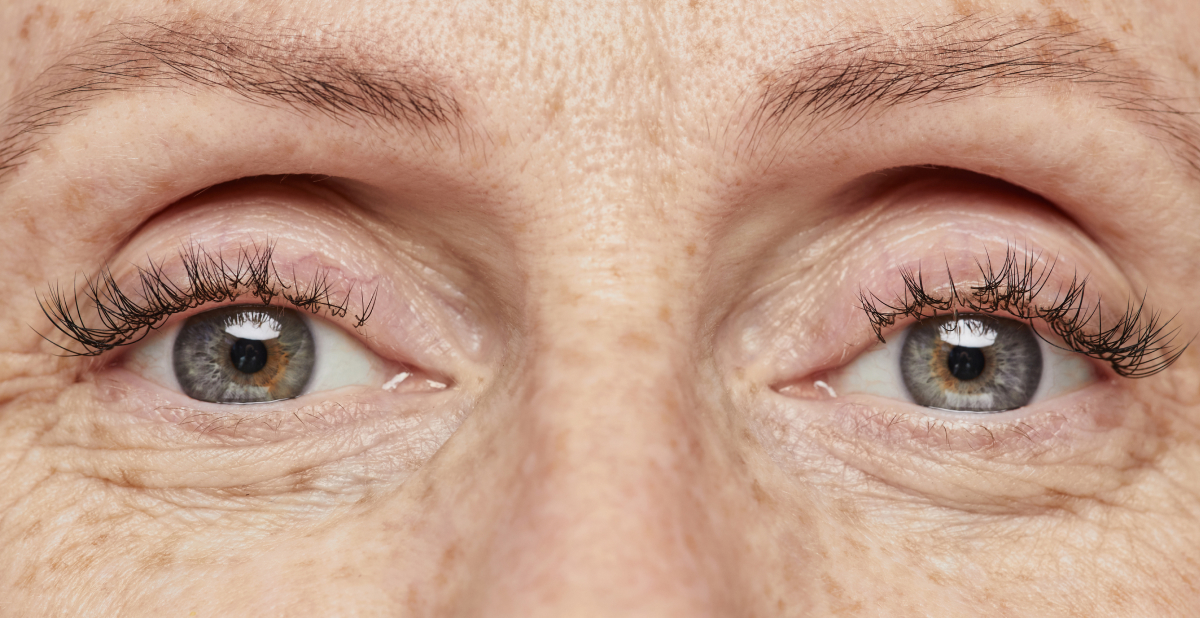
Skin aging happens through a mix of intrinsic (natural, genetic) and extrinsic (environmental) factors.
- Intrinsic aging occurs naturally over time. As the years go by, skin turnover slows, collagen and elastin levels decline, and the skin barrier becomes more delicate.
- Extrinsic aging is driven by lifestyle factors—also known as the skin exposome—such as pollution, stress, sleep, and UV exposure. In fact, up to 80% of visible aging comes from the sun.
As these influences add up over the years, your skin may become drier, thinner, and less elastic due to a breakdown in proteins and the fight against free radicals from daily stressors.
But there’s a silver lining: most visible signs of aging are due to extrinisic factors, or those directly in your control. So, while you can’t stop the clock, you can get strategic with smart skincare.
The skincare fundamentals for every age
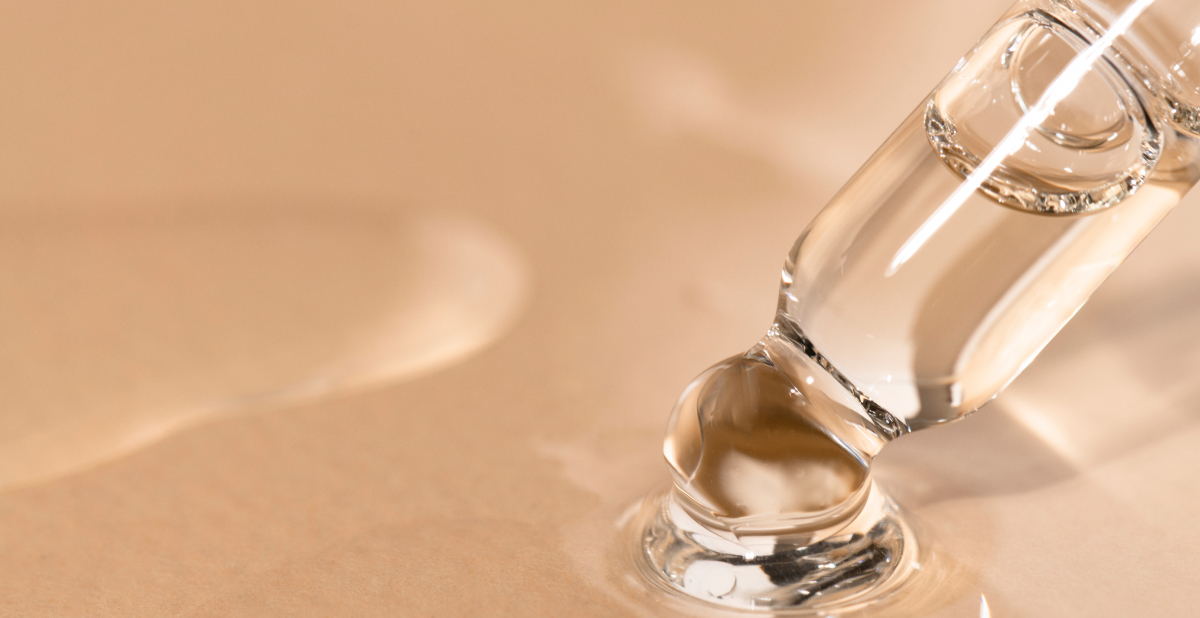
No matter where you are in life, three essential steps form the foundation of every routine:
1. Cleanse
Gentle cleansing removes dirt, excess oil, and impurities that build up each day—allowing the products that follow to do their best work. A clean surface supports a balanced skin barrier and healthy microbiome—also known as your skin’s natural defenders.
2. Hydrate
Hydration keeps your skin supple, smooth, and resilient. As we age, we naturally lose more moisture through transepidermal water loss (TEWL), so consistent moisturizing helps restore comfort and elasticity.
3. Protect
Daily sun protection is the single most effective way to ward off premature skin aging. Even on cloudy or indoor days, UVA rays and solar blue light reach the skin, triggering the appearance of wrinkles and spots. Choose a high SPF broad spectrum sunscreen with antioxidants for extra defense against free radical damage.
Pro tip: Start early—your skin “remembers” sun exposure from decades ago. Using sunscreen every day of your 20s can make a visible difference by your 40s. But if you didn’t, that’s ok too! It’s never too late to become an SPF expert.
Skincare by age: What happens & what to do
Your skin’s needs shift every decade. Here’s how to support it—step by step.
Build the foundation in your 20s
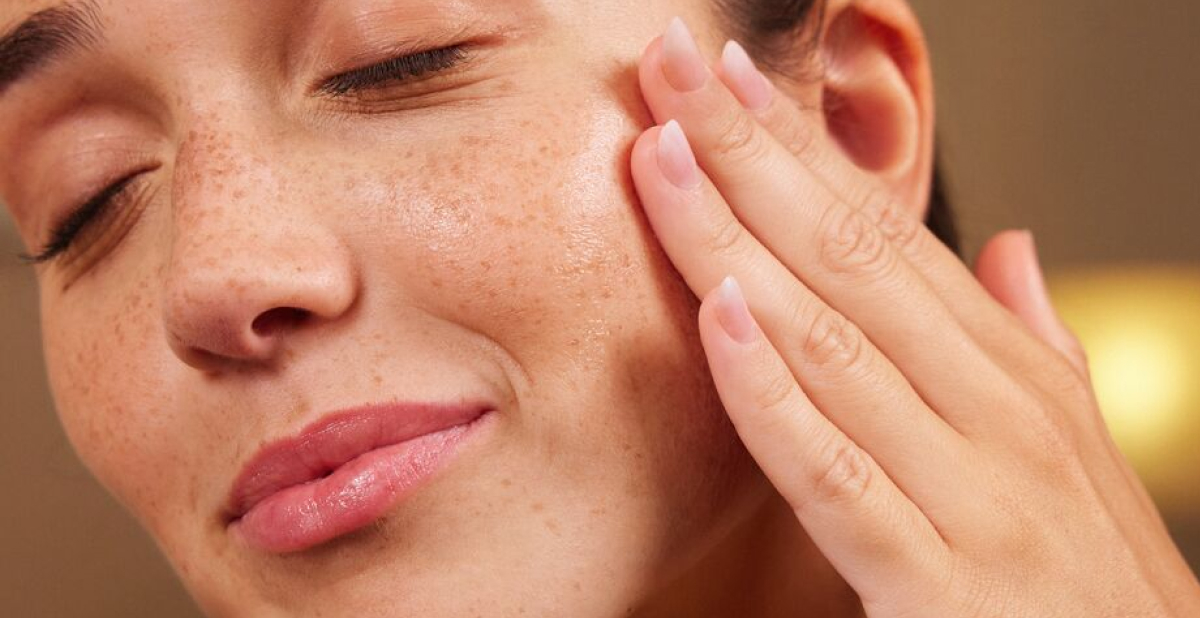
In your 20s, your skin is in its golden years, but early habits set the tone for your future complexion. Collagen production begins to slow just slightly, and lifestyle stressors can trigger dehydration or blemishes.
It’s also a good time to discover your skin type. The more you know, the better you can personalize your routine and give your skin what it needs.
Focus on: prevention and consistency.
- Cleanse gently every day, focusing on removing impurities.
- Moisturize with hyaluronic acid for lasting hydration.
- Wear a broad spectrum sunscreen with skin-loving antioxidants to help neutralize free radicals from UV and pollution—every day, no matter the weather or season.
“Your 20s are all about prevention,” notes Chiyoung Kang Park, ISDIN Medical Marketing Specialist. “Here, hyaluronic acid is my favorite—I use it in serums, creams, and even sunscreen.”
FAQ: When should I start using well-aging skincare? You can start with supportive formulas in your mid-to-late 20s—think antioxidants and lightweight serums that protect, not correct. After all, the goal is to age well rather than freeze time.
Discover the perfect skincare routine for your 20s
Boost renewal and protection in your 30s
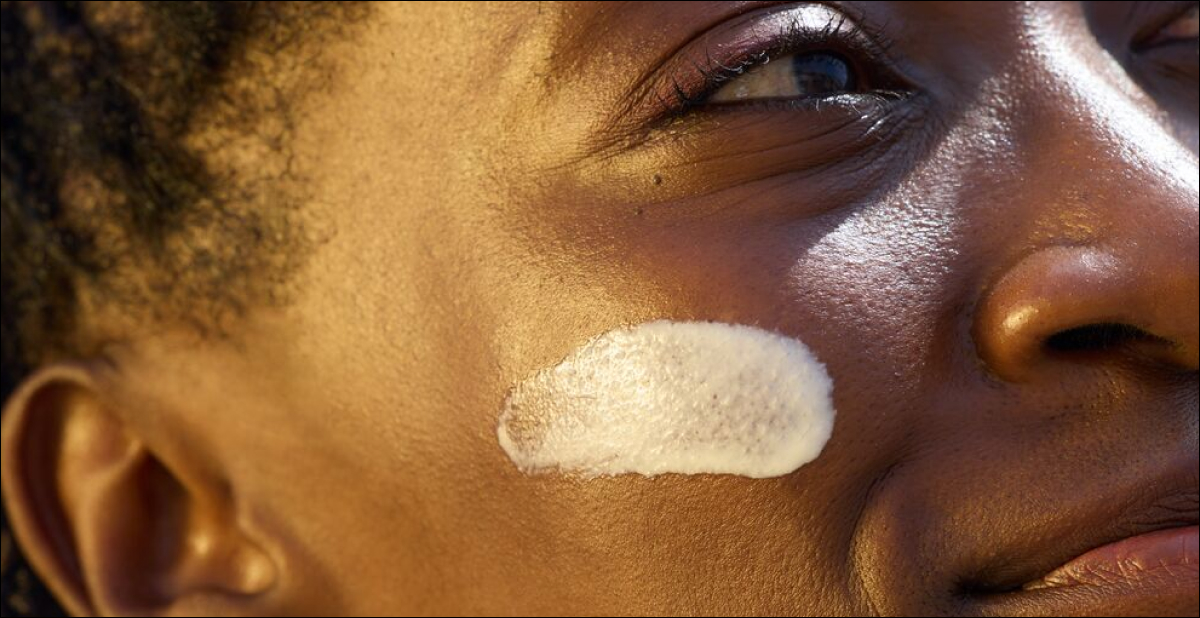
By your 30s, skin turnover naturally slows and collagen loss becomes noticeable. Fine lines may appear around delicate areas such as the eyes and mouth, and skin can start to feel drier or duller. But you? You’re just starting to come into your own—and that’s giving you a glow all the same.
Focus on: exfoliation and antioxidant defense.
- Add in a targeted eye cream if you haven’t yet.
- Use a vitamin C serum morning and night for brightness and protection.
- Support skin renewal with exfoliants—start with a gentle scrub or chemical formula.
FAQ: What’s the best skincare ingredient for your 30s? Although everyone’s skin is different, vitamin E can help to nourish, while glycolic acid and vitamin C support radiance.
Explore the ideal skincare routine for your 30s
Support skin’s building blocks in your 40s
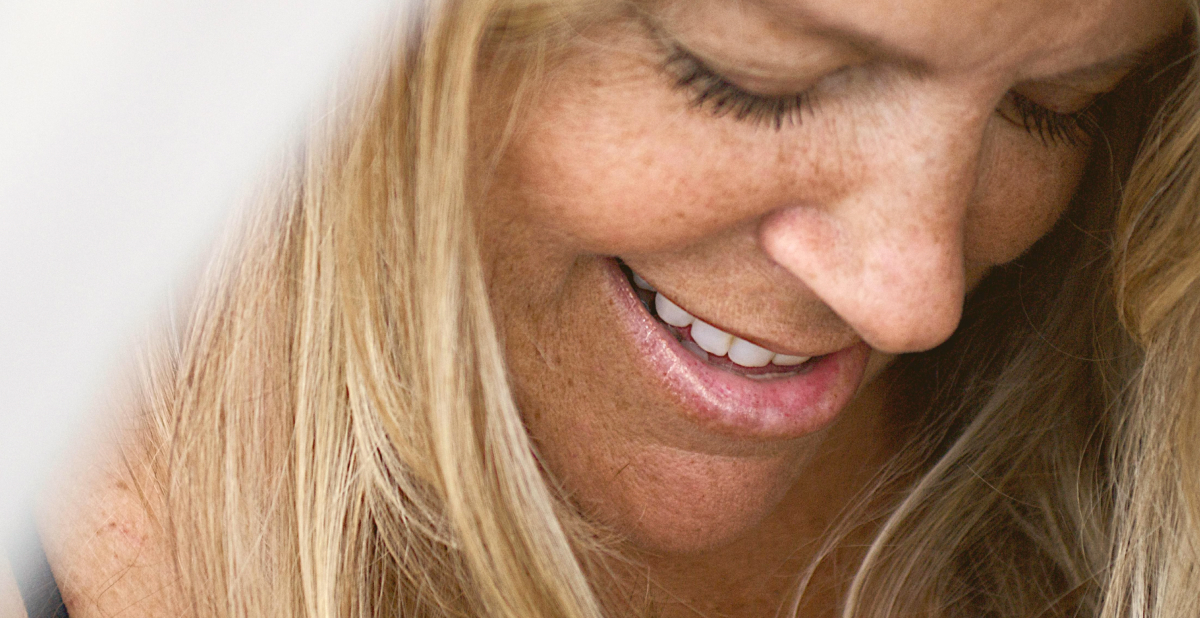
Your 40s are a time of transition—both inside and out. Skin’s structural proteins collagen and elastin decline faster, plus hormonal changes can affect firmness and texture. The good news? You’ve built up the confidence and perspective to take these shifts in stride.
Focus on: renewal and antioxidant protection.
- Add a retinal serum at night to help visibly reduce the look of wrinkles.
- Switch to nourishing creams with antioxidant melatonin to support recovery.
- Fight the natural loss of bounce—due to a process called glycation—with carnosine.
FAQ: How can menopause affect skin? Hormonal changes can accelerate collagen loss, leading to dryness and sagging. Luckily, retinoids can help support skin’s structure and tone.
See your step-by-step skincare routine for your 40s
Repair and nurture in your 50s and beyond
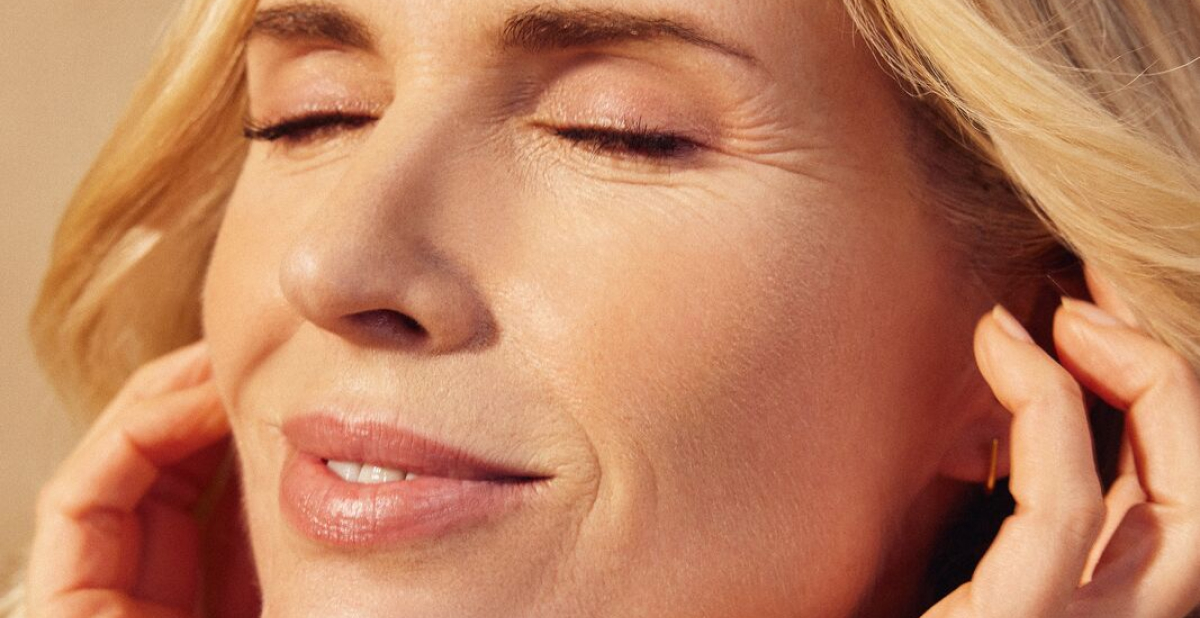
In your 50s, all those perfect days spent outdoors can show up as changes in pigmentation (still, no regrets!). Skin may feel a bit thinner and less firm, but it’s never too late to care deeply for it. After all, it’s the perfect time to slow down and put yourself first.
Focus on: nourishment, barrier repair, and tone correction.
- Alternate your retinal formula with a tranexamic acid serum to help reduce the appearance of dark spots.
- Use rich moisturizers with peptides and carnosine to support your skin’s natural barrier.
- Stick with daily sunscreen—preferably a formula with innovative Repairsomes.
Discover the complete skincare routine for your 50s and beyond
Core skincare ingredients by decade
| Age | Key skin needs | Ingredients to try |
|---|---|---|
| 20s | Prevention & hydration | Hyaluronic acid, antioxidants |
| 30s | Early repair & brightening | Vitamin C, vitamin E, glycolic acid |
| 40s | Renewal & firmness | Melatonin, niacinamide, retinal, peptides, carnosine |
| 50s+ | Nourishment & tone correction | Tranexamic acid, Repairsomes, retinal, peptides, carnosine |
The well-aging mindset

Aging is a privilege—and caring for your skin is a celebration of that journey. Well-aging means feeling confident, staying consistent, and embracing every stage with grace.
The most important thing to remember? Keep your routine simple, science-backed, and, above all, joyful. Do your best to stick with the three daily essentials: cleanse gently, hydrate deeply, and always protect your skin with sunscreen.
You can’t change the past (and why would you want to?), but you can care for your skin today with intention and optimism. Because healthy skin is beautiful skin—at any age.

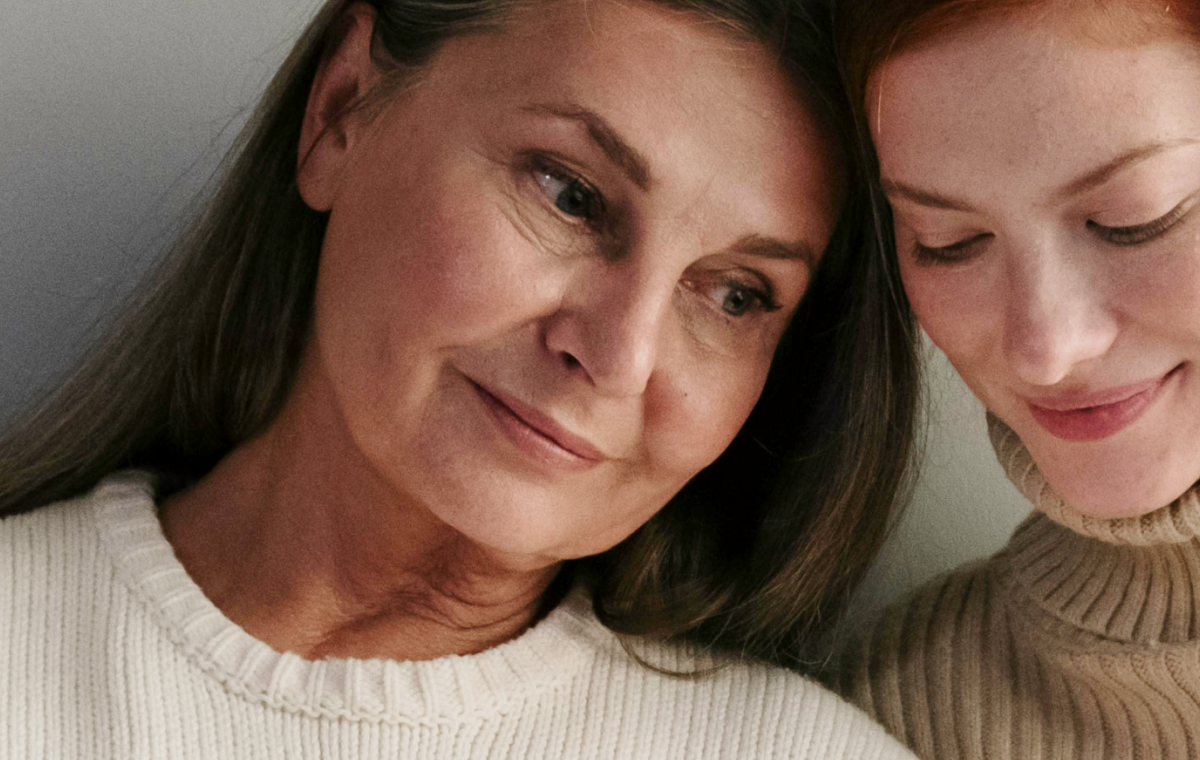





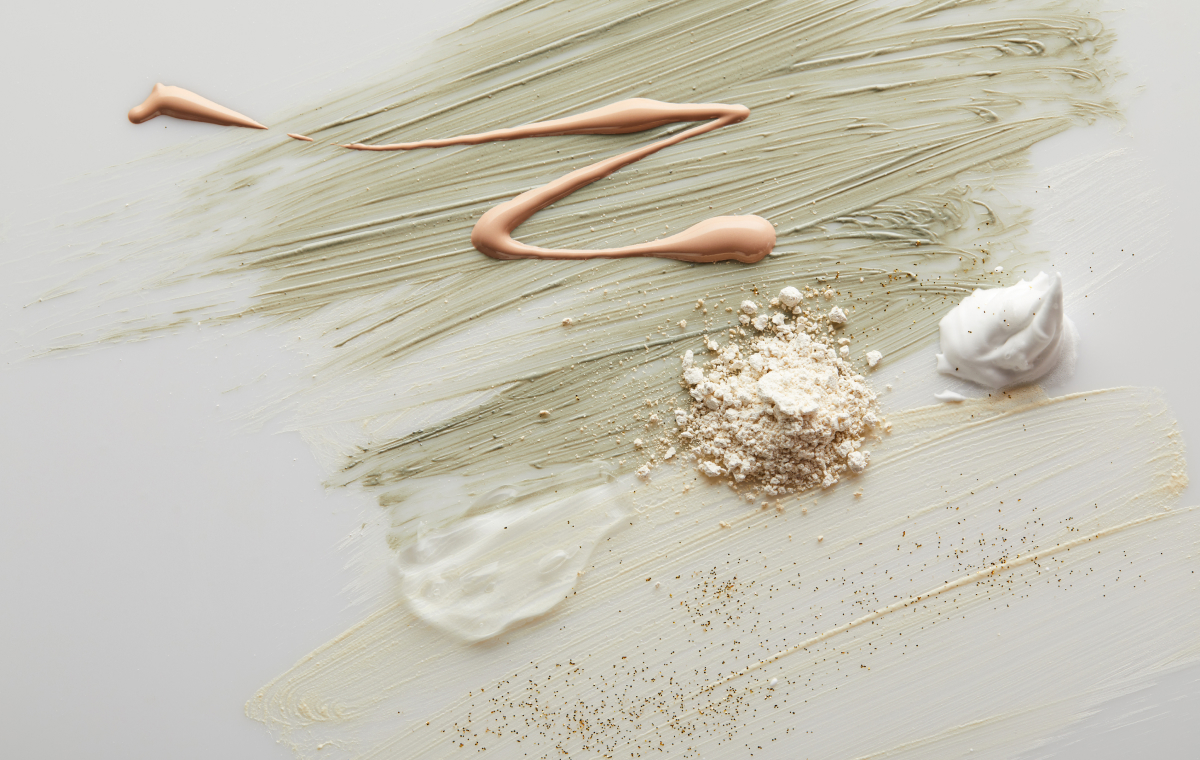
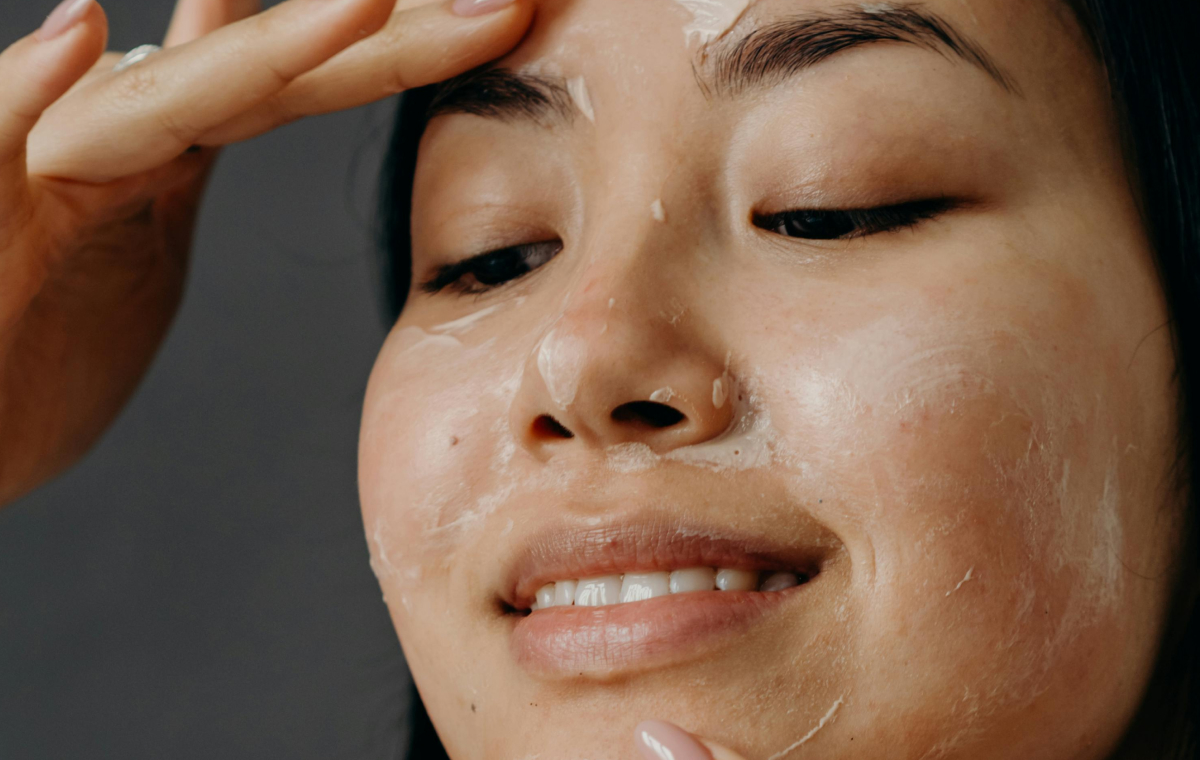
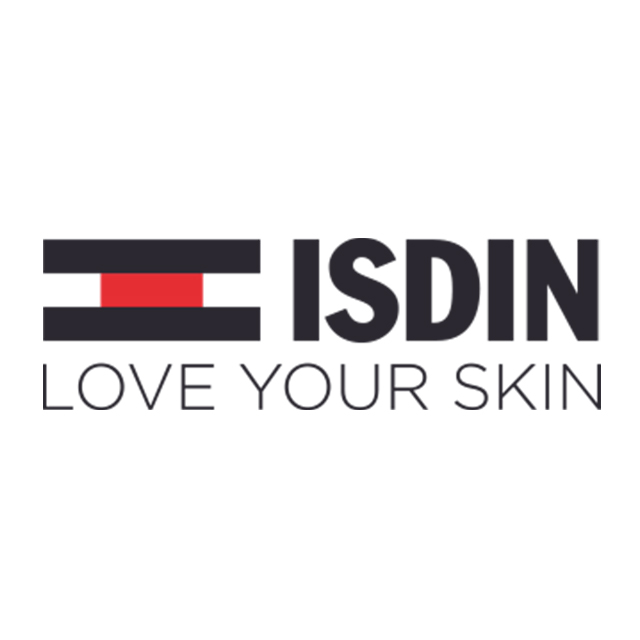

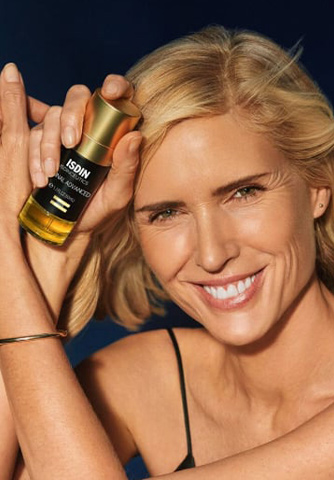
I’m looking forward to seeing improvement in my skin.
I am 68 and have hyperpigmentation, dark circles and sagging jowls. I hope your products will help me with these issues.